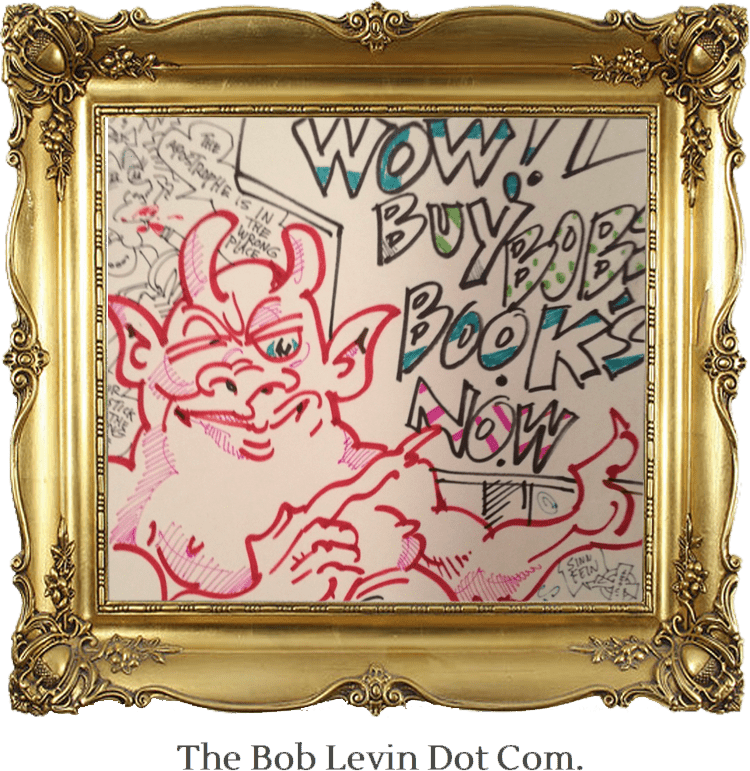Perhaps suspecting that people (See prior blog) might find Dr. Perry’s explanation of “Oops! I forgot to look” for his change of opinion about the entrance wound more convincing than the conjecture that he was tricked or frightened into it, Douglass – in a bit of bridge-too-far reasoning – calls in the support of Dr. Charles Crenshaw. (Crenshaw, readers will recall, had opined, based on his reviews of photos, that Rose Cheramie had been shot in the head, not struck by a car.) Crenshaw, a junior resident at Parkland, did not have to worry about manipulation or threats because, fearing for his life, he had kept his knowledge about what went down to himself until 1992. Then apparently overcome by courage, he published his own book. It related how he had observed two frontal entry wounds which had been altered to look like exit wounds.
Douglass does not say that several of Crenshaw’s colleagues at Parkland have stated he did not even enter the room until after the tracheotomy had obliterated the throat wound and that his account repeatedly overstated his role in what had taken place. Nor does Douglass say that Crenshaw also wrote that, while on duty following Jack Ruby’s shooting of Lee Harvey Oswald, he took a call from Lyndon Johnson saying he wanted a death bed confession from Oswald. And Douglass does not reveal that Crenshaw had told others that Johnson actually wanted him to kill Oswald, but his publisher had made him tone his manuscript’s accusations down. (Needless to say, White House records show no calls to Parkland while Oswald was in surgery.)
Again one must wonder about the ethics – an admiration of Thomas Merton, notwithstanding – of an author who would present such a warts-cleansed recapitualation as a factual representation.
